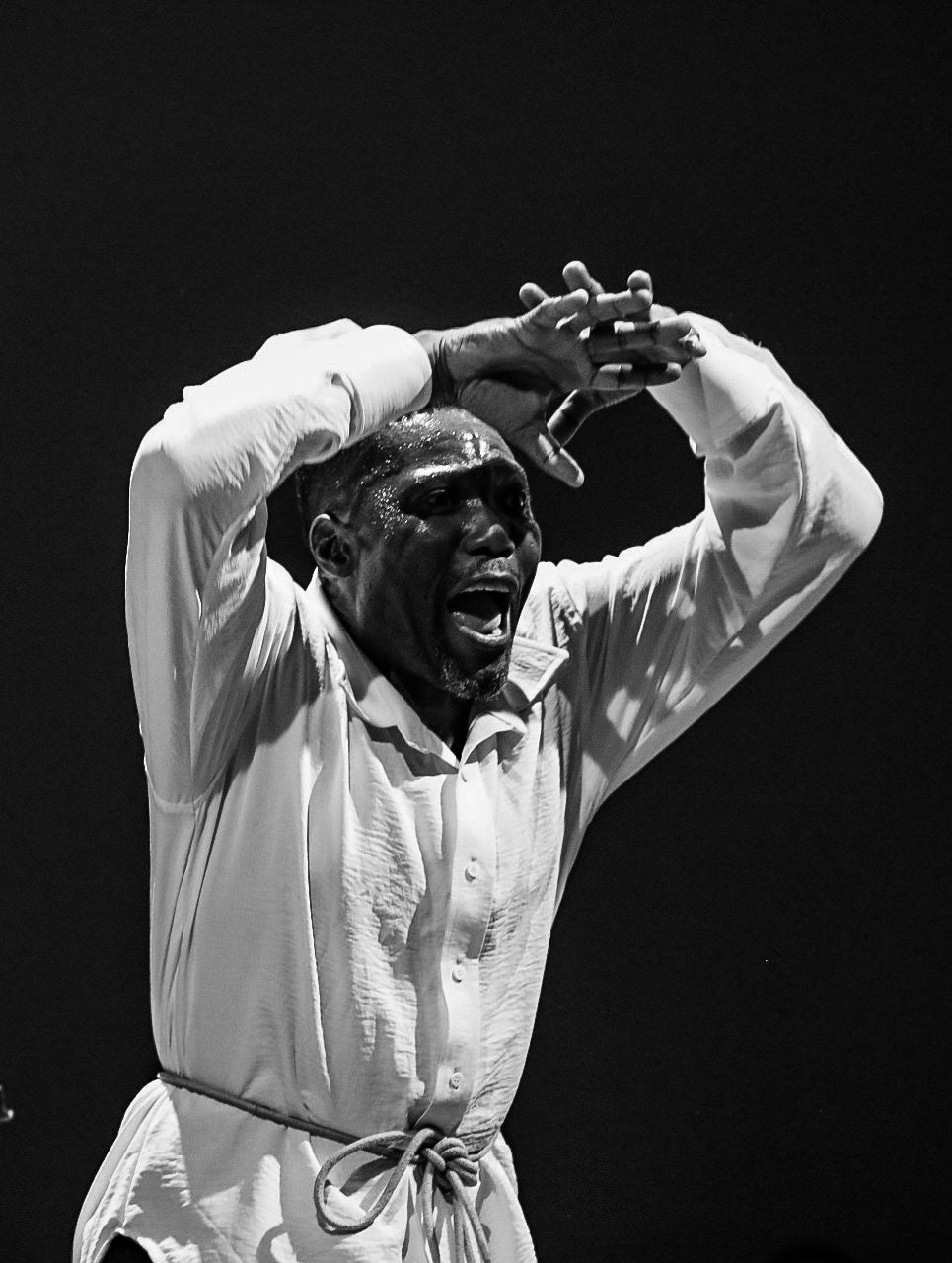Mishima’s Muse
Japan Society’s Yukio Mishima centennial series culminated with “Mishima’s Muse – Noh Theater,” which was actually three programs of traditional noh works that Japanese author Yukio Mishima adapted into modern plays.
Continue Reading
World-class review of ballet and dance.
Having a dance company is always difficult. But founding a troupe and keeping it going for 25 years is even more challenging. Add to that the political, cultural and economic landscape of South Africa, and the odds might seem unsurmountable. But Gregory Maqoma, who was born in Soweto in 1973 and has been hailed by CNN for his fusion of “tradition and history into his world class performances,” has not only bucked those odds, but has also received numerous accolades for himself and his choreography for Vuyani Dance Theater (VDT), which he co-founded in 1999 with Shanell Winlock Pailman, and whose name means “joy” in Xhosa.



“Uncommonly intelligent, substantial coverage.”
Your weekly source for world-class dance reviews, interviews, articles, and more.
Already a paid subscriber? Login

Japan Society’s Yukio Mishima centennial series culminated with “Mishima’s Muse – Noh Theater,” which was actually three programs of traditional noh works that Japanese author Yukio Mishima adapted into modern plays.
Continue ReadingThroughout the year, our critics attend hundreds of dance performances, whether onsite, outdoors, or on the proscenium stage, around the world.
Continue ReadingOn December 11th, the Alvin Ailey American Dance Theater presented two premieres and two dances that had premiered just a week prior.
Continue ReadingThe “Contrastes” evening is one of the Paris Opéra Ballet’s increasingly frequent ventures into non-classical choreographic territory.
Continue Reading
comments